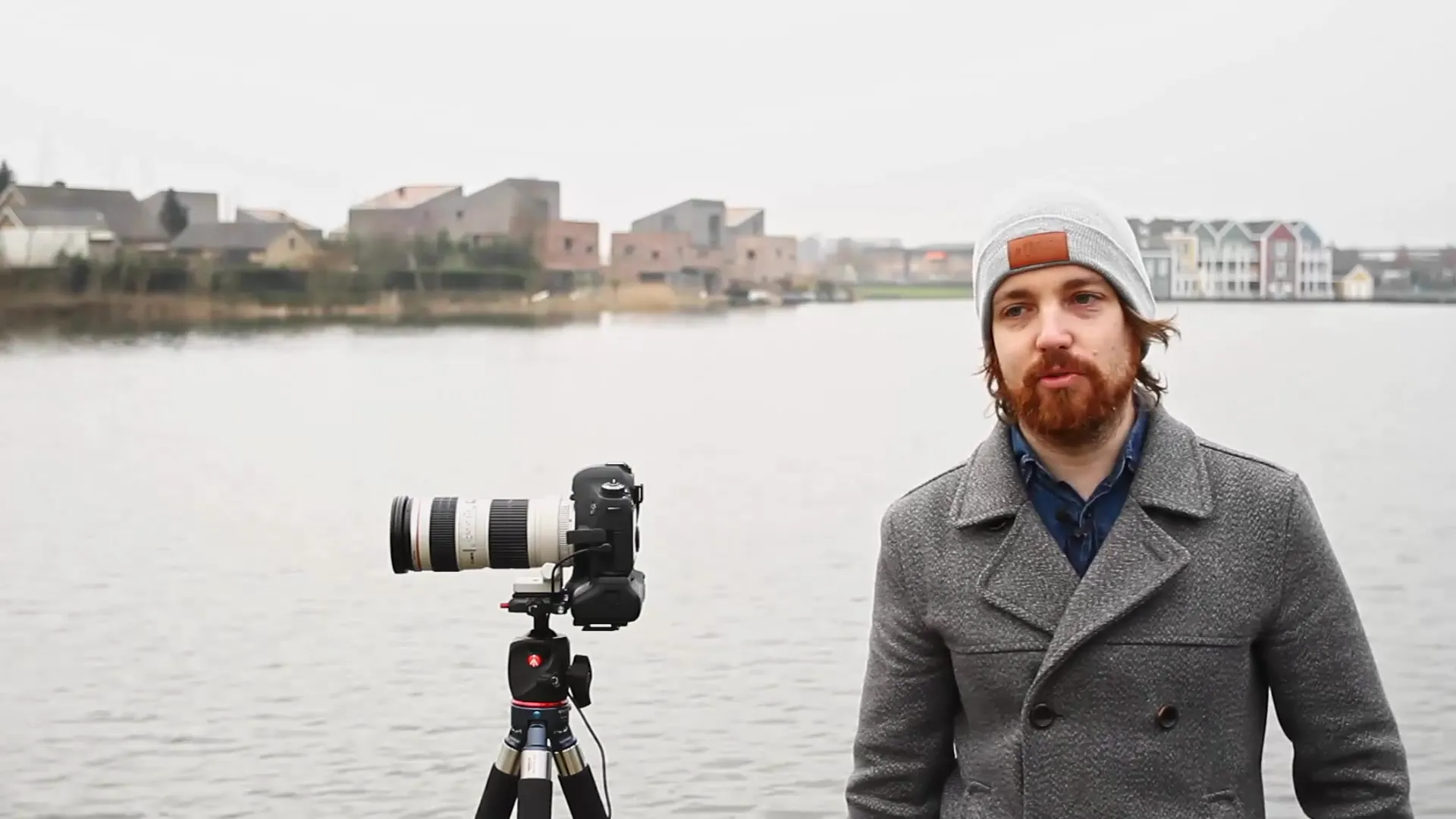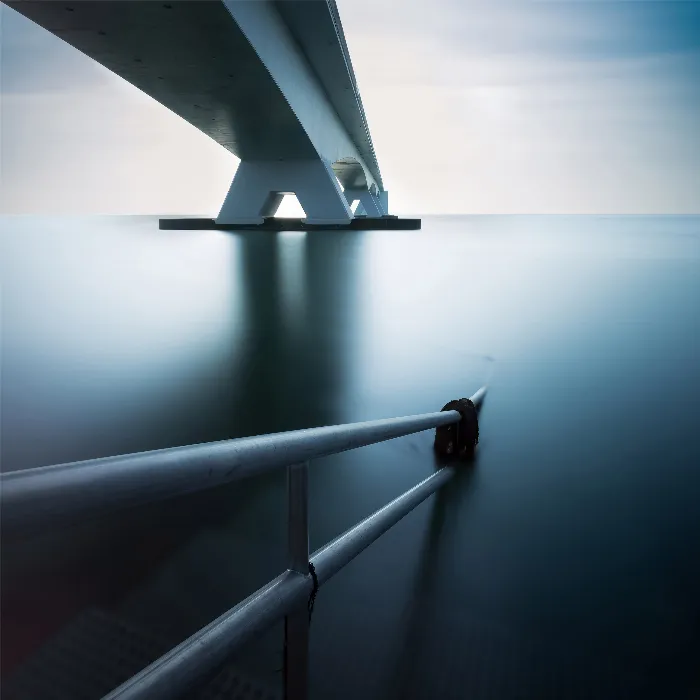You are active in the field of long exposure photography and have already internalized the basics. But how can you make your shoots even more enjoyable and effective? In this article, I share some essential practical tips that will help you optimize your technique and be prepared for challenges that may arise during your shots.
Key Insights
- Keep spare batteries warm to ensure longer use in cold conditions.
- Use cable ties to stabilize your equipment during the shoot and avoid vibrations.
- Pay attention to the quality of your tripod to get the best out of your images.
Step-by-Step Guide
Keep Batteries Warm
When photographing in cold temperatures, the performance of your batteries can be affected. Cold lowers the voltage, causing the camera to think the battery is empty. Therefore, you should always have spare batteries with you and keep them close to your body, for example, in the inner pocket of your jacket. This means that when you swap batteries, you can start with full power.

Additionally, you can reuse empty batteries that show as nearly empty in your camera after half an hour, as long as they have warmed up. This saves you the frustration of having to end the shoot prematurely.
Using Velcro Cable Ties
A very useful gadget is Velcro cable ties. They can be easily attached to the tripod to secure cables, such as that of your remote trigger. This prevents someone from tripping over it or the cable from fluttering in the wind.
You can simply fix the Velcro cable tie to a tripod leg and securely tuck the cable away. This prevents vibrations caused by moving cables, thus increasing the likelihood that your images will be sharp.
Neoprene Covers for Tripod Legs
A very practical addition for your tripod is neoprene covers. They prevent your hands from freezing in cold weather. Make sure either to buy a tripod whose legs are already covered, or don't hesitate to use a chainstay protector from the mountain biking area. These are often cheaper and serve the same purpose.
Simply wrap these covers around your tripod legs so you don't get directly exposed to the cold. There is nothing worse than working on an important shoot with cold hands.
The Right Choice of Tripod Head
Make sure to choose a tripod head whose screws are not rubber-coated. Rubber coatings tend to wear off over time, especially in cold and damp conditions. If you work in such environments, make sure to avoid metallic screws that are easier to handle.
There are many tripods equipped with sturdy plastic molds or textured metal surfaces, allowing for seamless handling even in extreme weather conditions.
Exposure Times for Different Effects
After the shooting session, you should adjust the exposure times to achieve the desired effects. For drifting clouds, a period of one and a half to five minutes is advisable. It heavily depends on how fast the clouds are moving.
For still waters, you will need to expose for correspondingly longer – over five to six minutes, to achieve a smooth and misty water surface. Remove any objects like people or animals beforehand but let the exposure time be as long as possible. This way, the flowing elements will not appear in the image due to the motion effect.
If you are taking snapshots in busy places, an even longer exposure time of up to 15 minutes helps to remove people "from the image." Just ensure that the people are moving to become even less visible.
Summary – Mastering Long Exposures Practically
The tips and tricks presented here are not only for beginners but can also help experienced photographers optimize their technique. Be sure to take temperature control for your batteries, the use of Velcro cable ties, and the choice of the right tripod equipment seriously. Special attention should be given to exposure times to achieve the best results in specific subject situations.
Frequently Asked Questions
How can I keep my batteries warm in the cold?Carry spare batteries in the inner pocket of your jacket to keep them warm.
Are Velcro cable ties useful for stabilization?Yes, they help secure cables and prevent camera vibrations.
What material should I avoid for my tripod head?Avoid rubber coatings on the screws as they can wear out.
How long should I expose for drifting clouds?1.5 to 5 minutes, depending on the speed of the clouds.
What are the ideal exposure times for water surfaces?Five to six minutes for still waters, 15 to 30 seconds for flowing waters.


